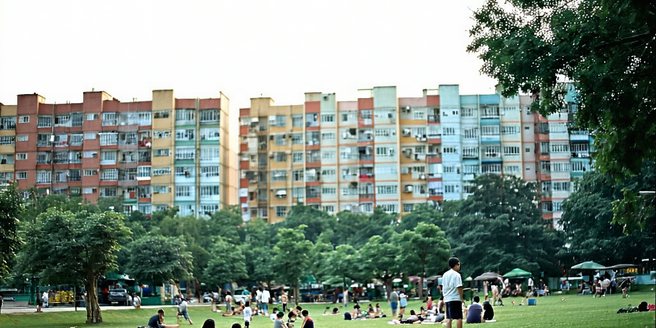Impact Of Renovations On Rent Prices

Understanding Market Influences on Rental Prices
The rental market is influenced by a multitude of factors including economic conditions, housing supply and demand, and consumer preferences. As economies fluctuate, rental prices may rise or fall accordingly. An area experiencing job growth or improved infrastructure might see an influx of potential tenants, driving up demand and prices. Additionally, changes in interest rates can impact the attractiveness of renting versus buying. Conversely, an oversupply of rental properties might lower prices to attract tenants. Renovations play a role in this dynamic by potentially increasing the desirability of a property, affecting its individual rental price. Understanding these market influences is crucial for landlords seeking to optimize rental income, and for tenants aiming to secure affordable housing.
How Renovations Increase Property Value
Renovations can vastly enhance the property value by upgrading outdated features, thus increasing the potential rent that can be charged. For instance, modernizing kitchens and bathrooms, adding energy-efficient fixtures, or improving aesthetics with fresh paint and flooring can make a property more appealing. By doing so, property owners not only boost visual appeal but also often see a return on their investment through increased tenant demand. This enhanced appeal tends to attract a higher caliber of tenant willing to pay premium rent. Furthermore, essential renovations such as new roofing or electrical upgrades ensure longevity and safety, which are attractive to potential renters. Ultimately, strategic renovations can maximize rental yields and improve long-term property value.
Tenant Attraction and Retention Post-Renovation
Attracting and retaining tenants post-renovation requires a strategic approach. Quality renovations enhance a property’s appeal, making it easier to market and increasing tenant interest. A well-renovated property suggests to tenants that the landlord is committed to maintaining the property, which fosters trust and satisfaction. Investing in high-quality materials and finishes can also set a property apart in a competitive rental market. Effective marketing strategies play a crucial role in showcasing these improvements to potential tenants. Furthermore, a property that consistently meets tenant needs is likely to retain them longer, reducing turnover rates. Highlighting energy-efficient upgrades, modern amenities, and improved safety features in rental listings can capture tenant interest. Maintaining communication with tenants about their preferences can also guide further renovations, ensuring tenant satisfaction.
Cost-Benefit Analysis: Is Renovation Worth It?
Conducting a cost-benefit analysis is essential before embarking on renovations. It’s important to consider both immediate and long-term financial impacts. The costs include not just the physical upgrades but also potential rental income loss during renovation periods. Moreover, it’s crucial to assess the potential impact on tenant satisfaction and occupancy rates. Benefits, however, can be long-term if renovations increase property value and allow for higher rents. Evaluating market trends helps in estimating future returns. For instance, if local demand for high-end finishes is high, investing in luxury upgrades might be beneficial. Conversely, in areas with lower rental budgets, cost-efficient renovations could offer better returns. Ultimately, the decision to renovate should balance upfront costs with potential gains in rental yields and property longevity.
Future Trends in Renovation and Rent Dynamics
Looking ahead, several trends are shaping the future of renovations and rent dynamics. Sustainability is becoming increasingly important, with renters seeking properties with eco-friendly features, such as solar panels and energy-efficient appliances. Technology is also reshaping tenant expectations, with smart home technologies becoming a preference. As a result, staying updated with the latest tech advancements can offer a competitive edge to landlords. These trends imply that properties incorporating such features may command higher rents. Additionally, as urban areas continue to densify, space optimization renovations like transforming attics into living areas are advantageous. Landlords who stay abreast of these trends can better position their properties to meet tenant demands and maximize rental income.